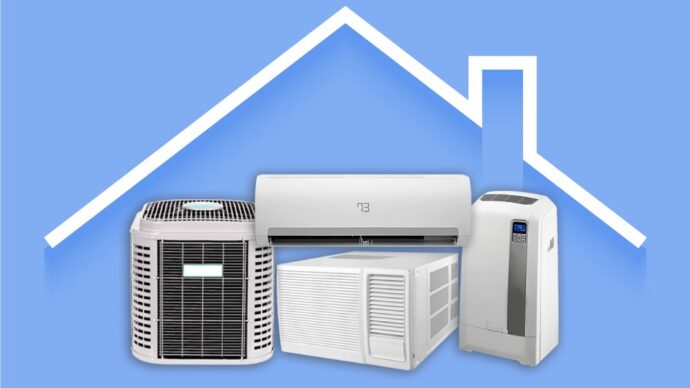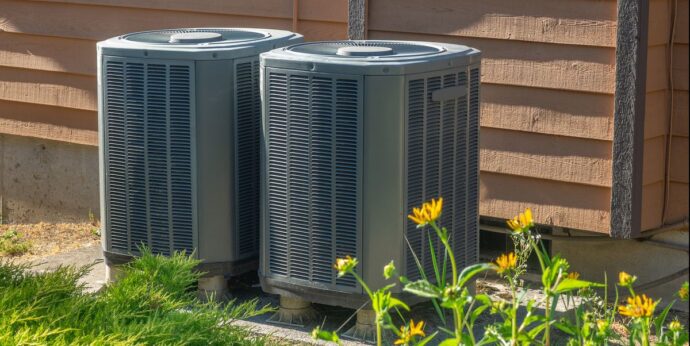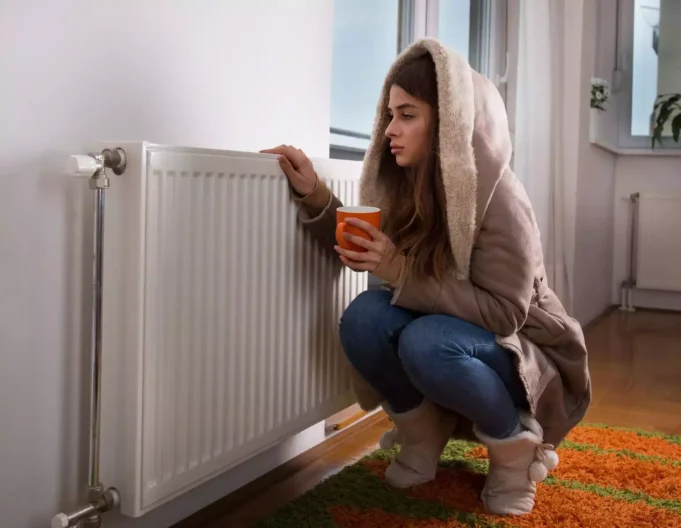Most of us have a basic idea of how our HVAC system works. There’s a fan that pulls in air from the outdoors, and that air is refrigerated or heated before it is blown by an additional motor into the ducts of your home where it exits through your vents.
However, if it were all that simple, HVAC systems would not have changed much over the past fifty years or more. Several technological upgrades and advancements have taken place since the HVAC system was first invented over one hundred years ago.
Today’s technology would be utterly unrecognizable to the inventors of heating and air conditioning systems, thanks to the many innovations over the years. Technicians that perform air conditioning repairs have found a need to keep up with their industry on a regular basis, as the technology they are dealing with changes as quickly as any other electronic product in the marketplace today. However, much of the basic machinery still applies and plays a significant role in heating and cooling your home.
Standard Technology Available Today

Here are some of the key technologies that likely run the standard HVAC system available in your home today.
Pumps, Coils, and Furnaces
Air conditioner coils are an essential component in most HVAC systems today. As air passes over these coils – which are filled with a refrigerant product – the air is cooled and blown into your HVAC system. In the case of a furnace, gas heats the air blown through your system, bringing you the cozy, comfortable warmth you expect. Pumps are used in both heating and cooling, by either expelling heat out of the air or heating the coils to warm up air that is pulled from outside the home.
Air Purifiers and Filters
Filters, of course, are common in any HVAC system, though you can buy your own for a higher MERV rating to ensure you’ve minimized the number of particles (those that cause odors, viruses, allergies, asthma, and dust) coming through your air vents. However, many customers today opt for air purification systems that are even more effective at deactivating and filtering out unwanted particulate matter. Some highly sophisticated HVAC companies even offer UV-light filters, which are also used in hospitals and offer another significant layer of protection against viruses and more.
Emerging Technology in HVAC Systems

It’s also important to articulate the technologies that are now available, but have not yet found widespread adoption. These technologies will soon find their way into the common HVAC system as knowledge about their effectiveness increases.
Mobile-Friendly Interaction
Today, customers seem to demand that anything they can control is accessible on their smart device. Customers want to be able to monitor their HVAC systems in real time and make adjustments, schedule service, or get notifications about indoor air quality and more with the touch of a button. Many HVAC companies have responded with thermostats that can be linked to smartphones to provide system monitoring, system control, and any kind of update – from allergens to maintenance.
Sustainability
In the HVAC system itself, new technologies are available to better provide outstanding heating and air to the homeowner. These technologies include software for analysis of energy consumption, as well as smart sensors that can control and monitor air in an individual room. In both cases, energy can be saved by adjusting a system based on analytics or by making determinations about when, at what level, and in what rooms heating and cooling is most necessary.
Also on the sustainability front are dual heat pumps which alternate between electric and gas heating methods. While these are most likely to be used in climates that don’t-experience harsh winters or where electricity rates are not as high as they are in other regions, as their technology continues to improve, we could potentially see these alternating-heat-source systems in more models of residential HVAC systems.
There are also several analyses and rave reviews of ice-cooled air conditioners that rely on frozen water to provide cool air throughout the home. Much like the dual heat pump, systems with technology that is entirely sustainability-driven still have a way to go before wider adoption, but the technology is of deep interest to customers who want to save – and make a positive impact on the planet.
How to choose the system for your home?

Choosing the right HVAC system for your needs can be a complicated process. It is important to evaluate your home’s heating and cooling needs before beginning your search for the most suitable system. The size of the space, climate, and other factors should all be taken into consideration when selecting an HVAC system.
The budget you allocate for a new HVAC system is also an important factor to consider. Researching different types of systems available on the market is a good way to gain more knowledge about product features and prices. Additionally, looking at energy efficiency ratings will help you make an informed decision about which unit is right for you.
It can also be beneficial to consult with an experienced technician who can provide valuable advice and insight into choosing the best system for your particular needs. Don’t forget to compare installation and maintenance costs between different models before making any final decisions.
By planning ahead and understanding all aspects involved in getting a new HVAC system installed, you can make sure that you end up with one that suits your home perfectly and provides optimal comfort levels throughout the year.
Whatever Technology You Choose – Partner with a Superior HVAC Team
No matter what bells and whistles you require for the perfect heating and cooling system in your home, it’s always important to work with a trusted HVAC partner for installation, repairs, and maintenance along the way.
If you can find a good HVAC technician near you, you’ll not only have access to the best equipment and services now, but it is likely that this company will also be able to help you as HVAC technology changes and improvements are made that make our lives even easier and more comfortable.















